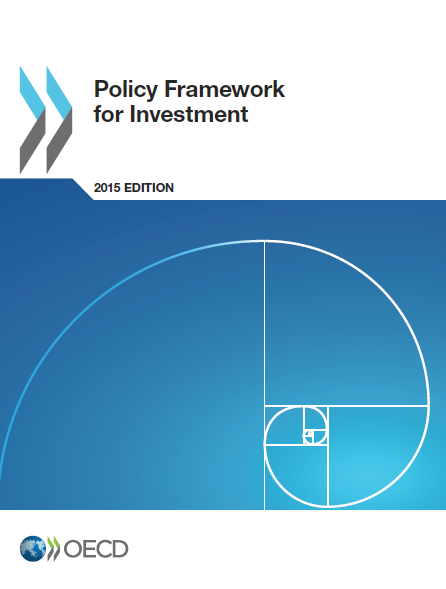1021 results found
Featured results



More results
This paper examines investments - in the form of equity or debt in direct investments to infrastructure. The reason for focusing on direct investment is twofold. First, the overall analysis of debt and equity capital markets for infrastructure exceeds the scope of this study and involves instruments that trade on regulated stock and bond markets. Second, the analysis of direct investments by private investors in listed infrastructure enables us to focus more on the risk analysis process that these investors typically perform when approaching an investment.

China is considering ways to attract additional capital to finance investment in railways and Worldwide, private capital has been attracted to the railway sector through a range of mechanisms.





The Infrastructure Prioritization Framework is a multi-criteria decision support tool that considers project outcomes along two dimensions, social-environmental and financial-economic to inform project selection.

The OECD Principles for Public Governance of Public-Private Partnerships provide concrete guidance to policy makers on how to make sure that Public-Private Partnerships (PPP) represent value for money for the public sector.

What does resilience to climate change look like and how can we support countries in coping with climate risks?
Deloitte's Analytics Institute published this analysis of how new technology and data analytics can be used for predictive maintenance.

Building Information Modelling (BIM) and pre-fabrication technology being used in conjunction to enable the project to be built virtually before construction, reducing issues or inefficiencies that can arise during the construction stage.

This Fifth edition of the PwC Indonesia Power in Indonesia: Investment and Taxation Guide has been written as a general investment and taxation guide for all stakeholders and those interested in the power sector in Indonesia.


The study specifically examines whether power system size and coun¬try per capita income can be reliable indicators of initial conditions for guiding policy on power market structure.

This brief analyzes the benefits and challenges of using portable screening devices to regulate medicine quality in low-income countries.


The Port Reform Toolkit is aimed to provide policymakers and practitioners with effective decision support in undertaking sustainable and well-considered reforms of public institutions that provide, direct, and regulate port services in developing countries.



This paper "Pooling of Institutional Investors Capital - Selected Case Studies in unlisted equity infrastructure" aims to provide clarity on some of the issues associated with the evolving field of infrastructure investment and more.


This paper analyses how wider roads or more lanes can reduce vehicle emissions and help people be more mobile and efficient, longer roads can increase emissions, although not in a statistically significant way.

The author evaluates the strength of the effect that community pressure and pollution charges have on industrial pollution control in China, the author finds that the implicit discharge price is at least as high as the explicit price. In other words, community pressure not only exists, but may be as strong an incentive as the pollution charge is for industrial firms to control pollution in China.

This paper uses data from the world bank performance database and the electricity regulatory governance database using electricity company data to the develop the literature that explores the link between regulatory governance and sector performance.


The Coalition for Climate Resilient Investment (CCRI) created the Physical Climate Risk Assessment Methodology in response to investor demand for comprehensive solutions to improve the integration of physical climate risks into investment appraisal practices.







